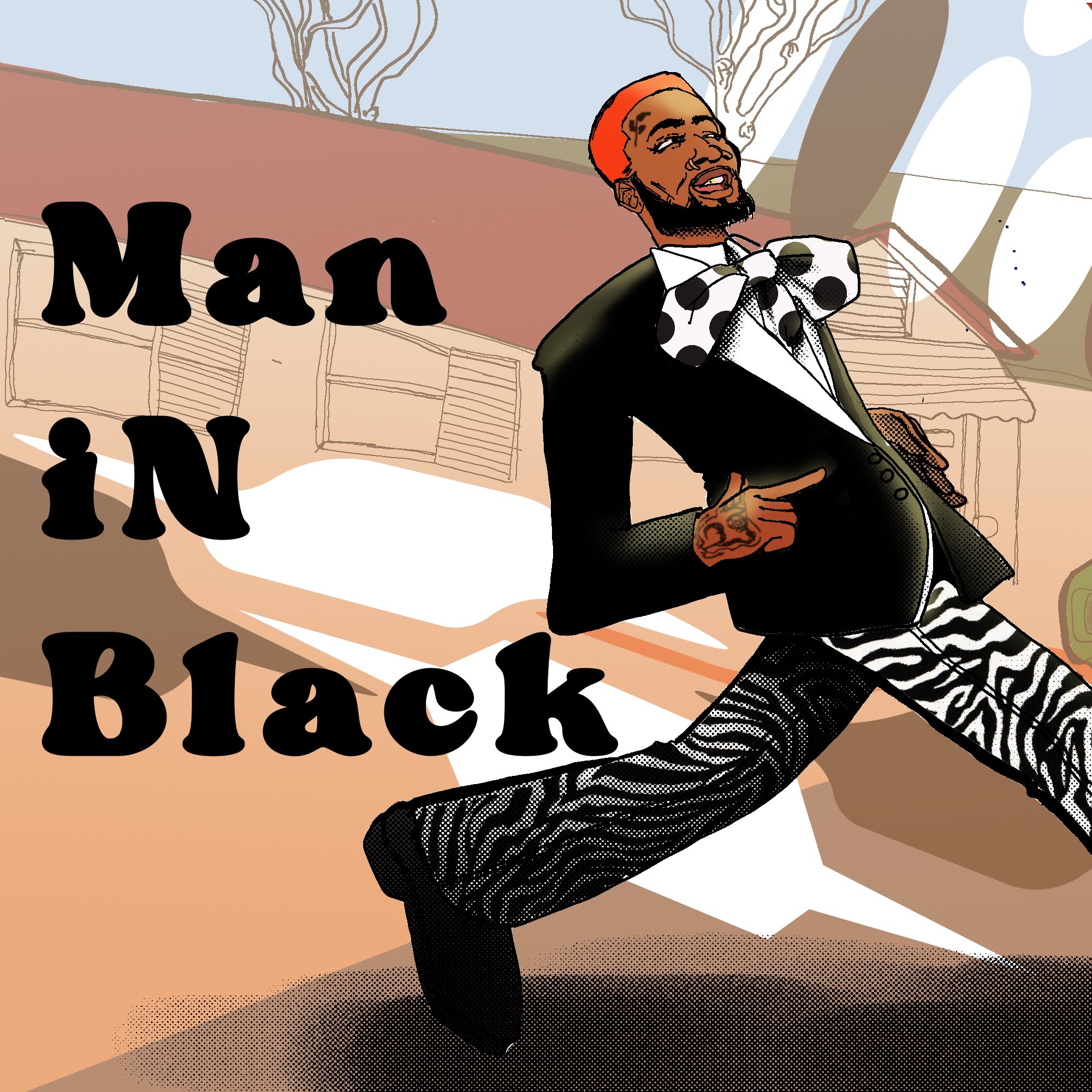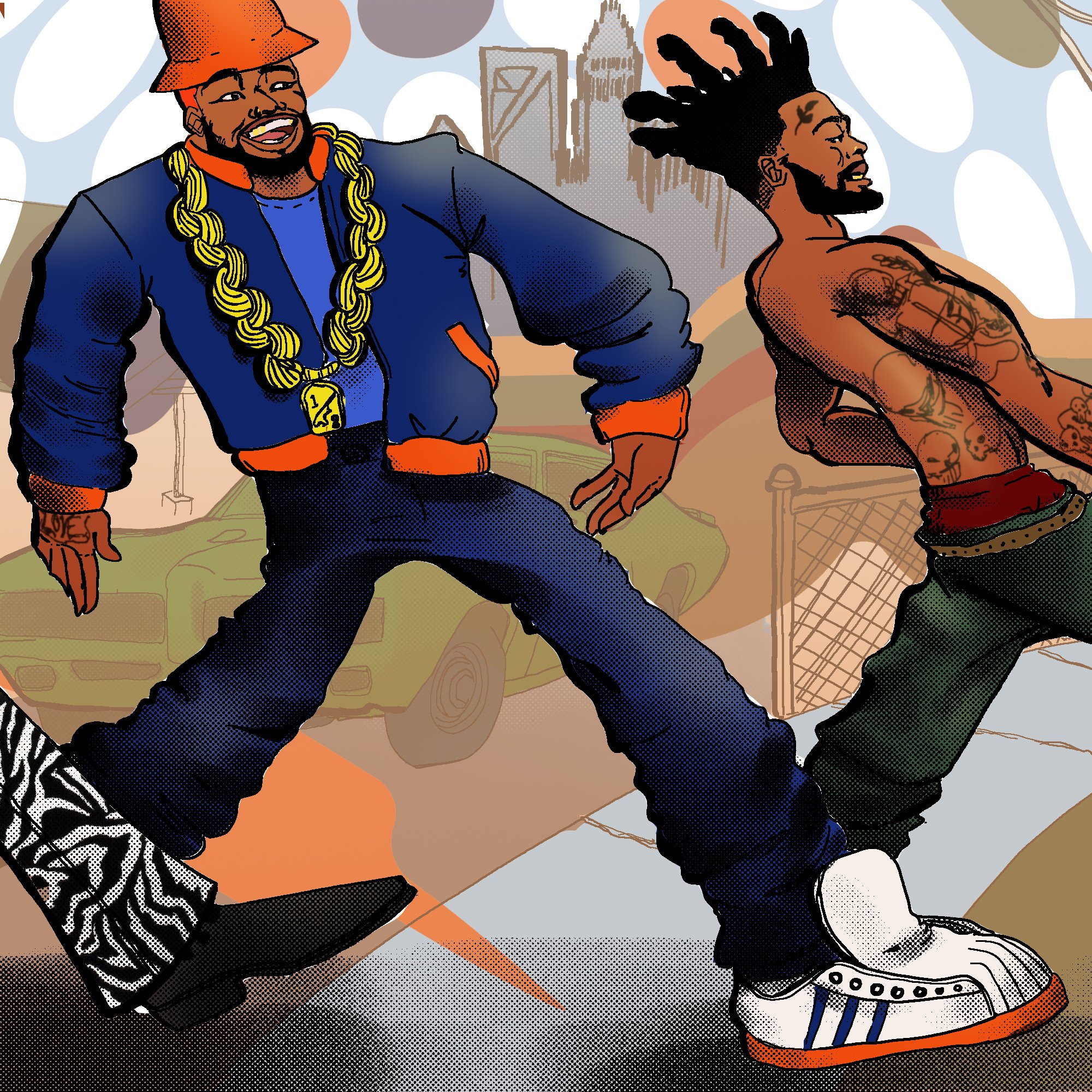MAN IN BLACK

We have all judged a book by its cover without even opening the book to read and understand the story. We have all judged someone and failed to understand the beauty that can derive from one’s story. Too often the story is more intriguing and fulfilling than the cover.
Man iN Black (“MNB”) unveils the wisdom from artist Deniro Farrar’s Black experiences as a man, son, brother, and father in America. Deniro stated, “Everything I experience is to build a stronger presence and express who I am. Most artists do not know who they are as they are forced to mask their truth.” He added, “What can a nigga say to me that I can’t say to myself? There is nothing to expose.”
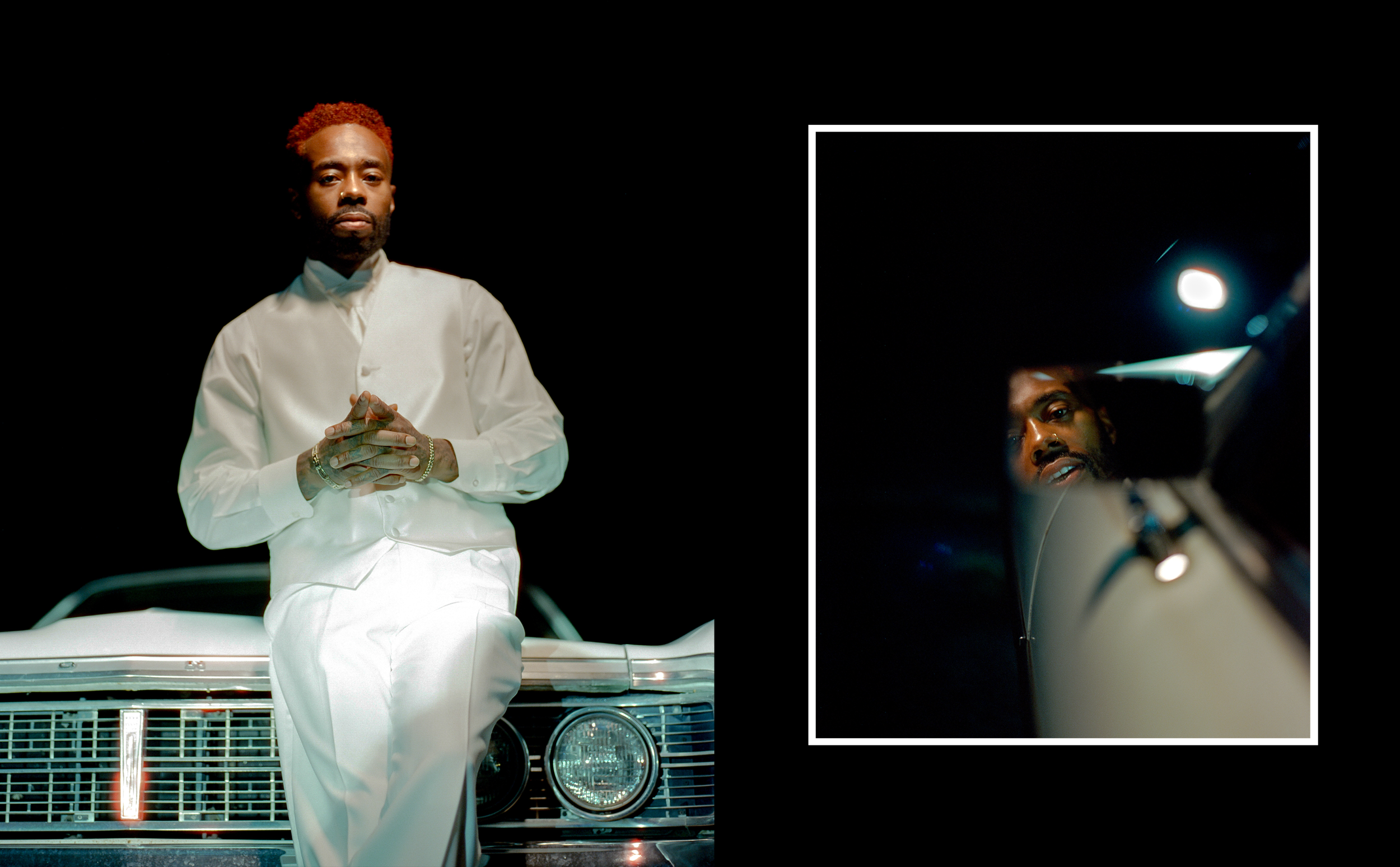
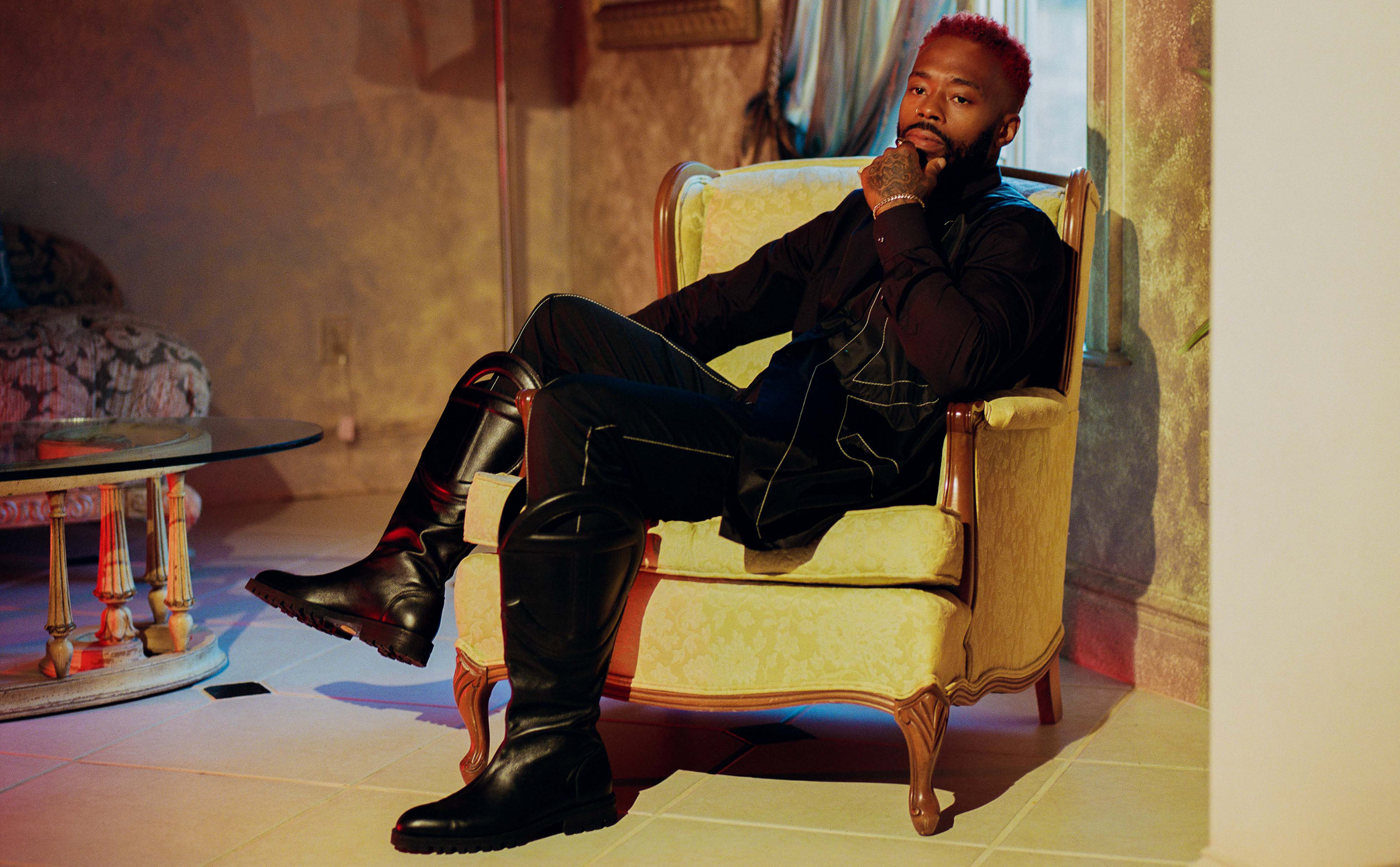
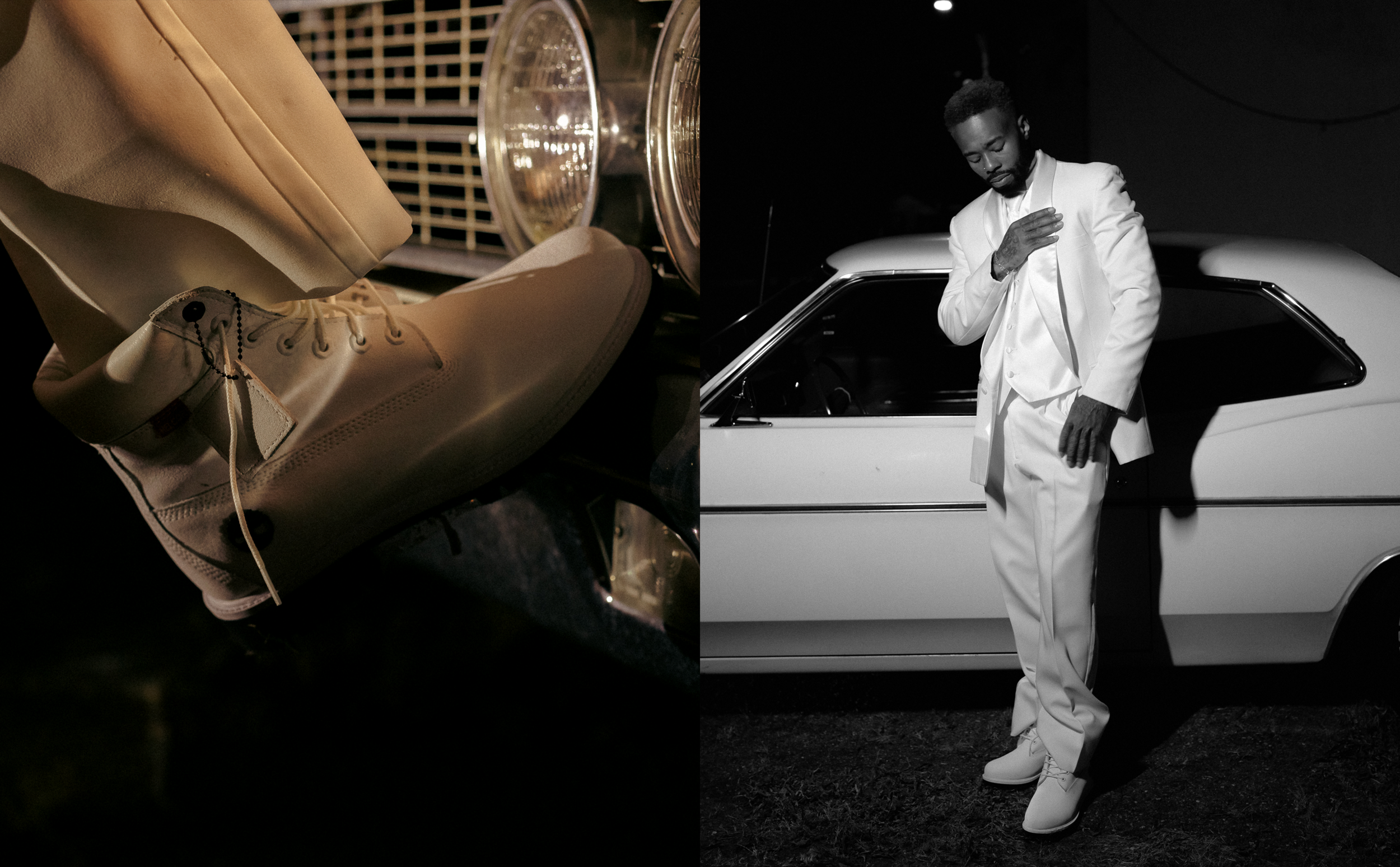
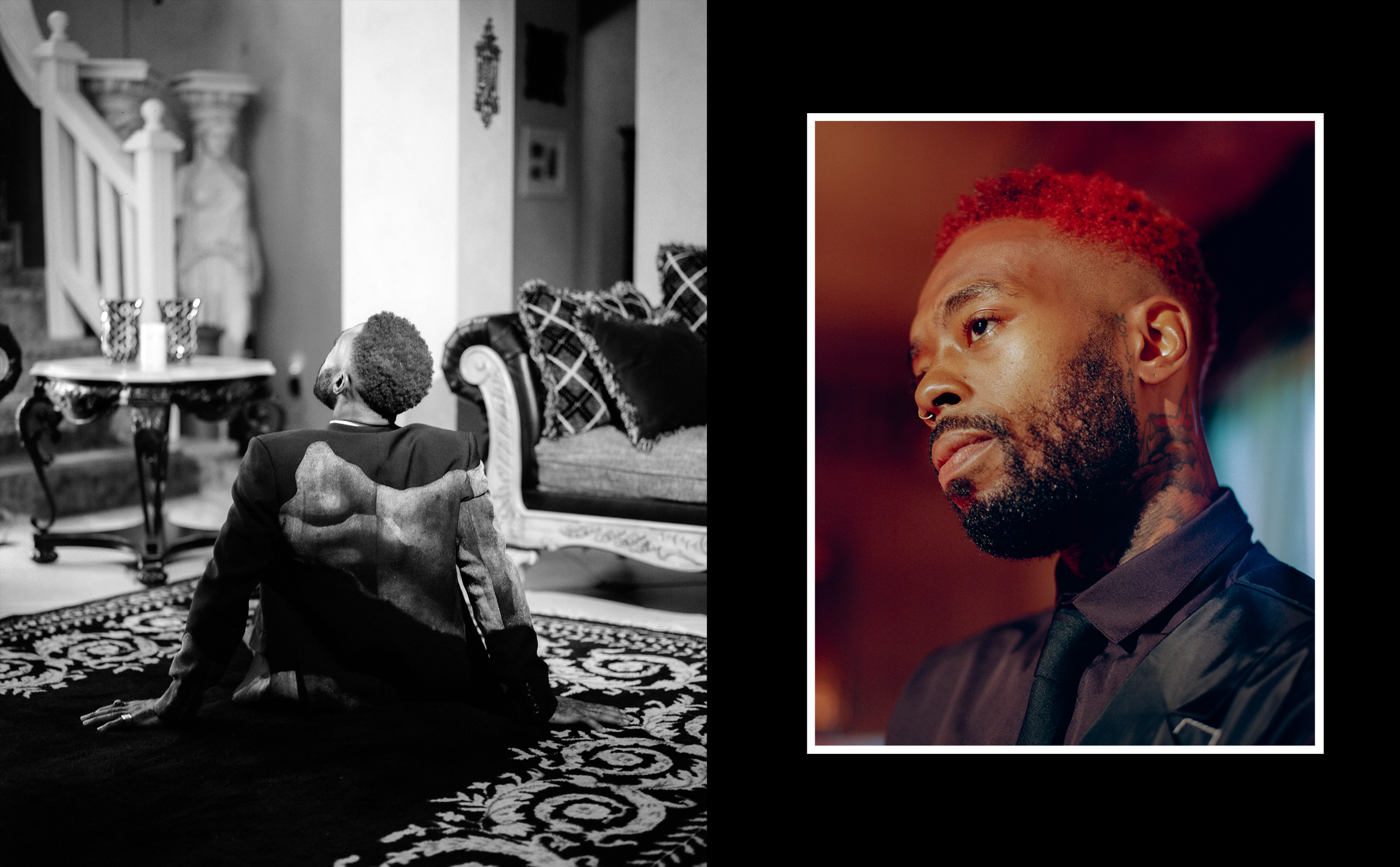
MNB unearths North Carolina native Deniro Farrar’s identity politics at the intersections of race, gender, and hip-hop through dress and color. He reflected on his moral consciousness as a Southern man who stands in his agency and sense of vulnerability as a Black person in a western and patriarchally driven society. “The way you think, talk, and walk is a system that can be created by yourself or society,” Farrar stated after watching a sermon by TD Jakes. He expressed that people believe if they destroy the normative then they will destroy themselves but if people destroy the system, they will find themselves.
In America, the color white is traditionally associated with innocence and purity, although America has been anything but that for Black people. There is no secret that hypermasculinity amongst men who are Black is rooted in conquering white dominance. Yet Deniro Farrar is captured in a white suit to embody a rebirth or a sense of newness. In juxtaposition, he is captured in a black suit to shed light on Black men’s excessive and self-destructive hypermasculine practices in an attempt to conquer white patriarchy.
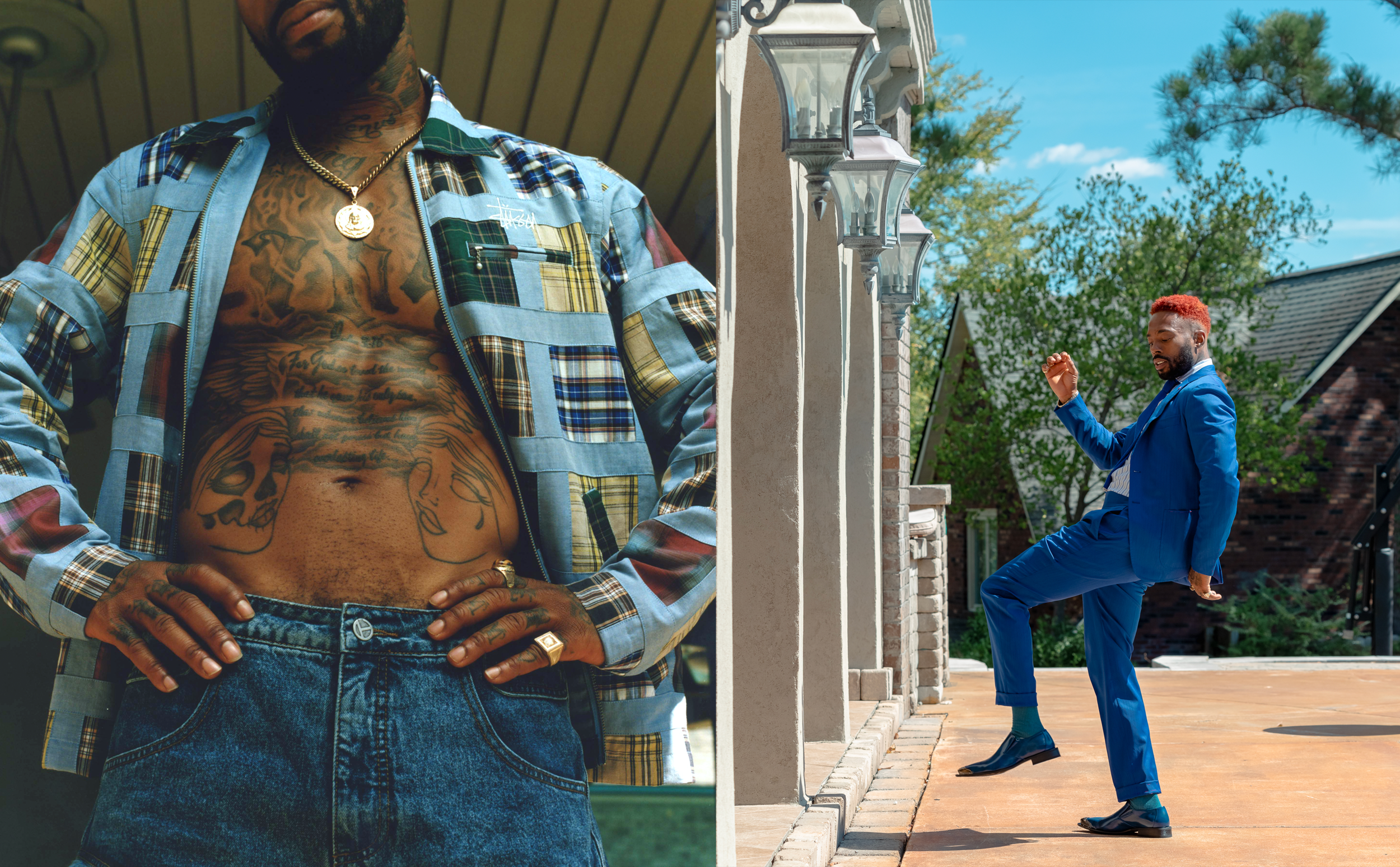

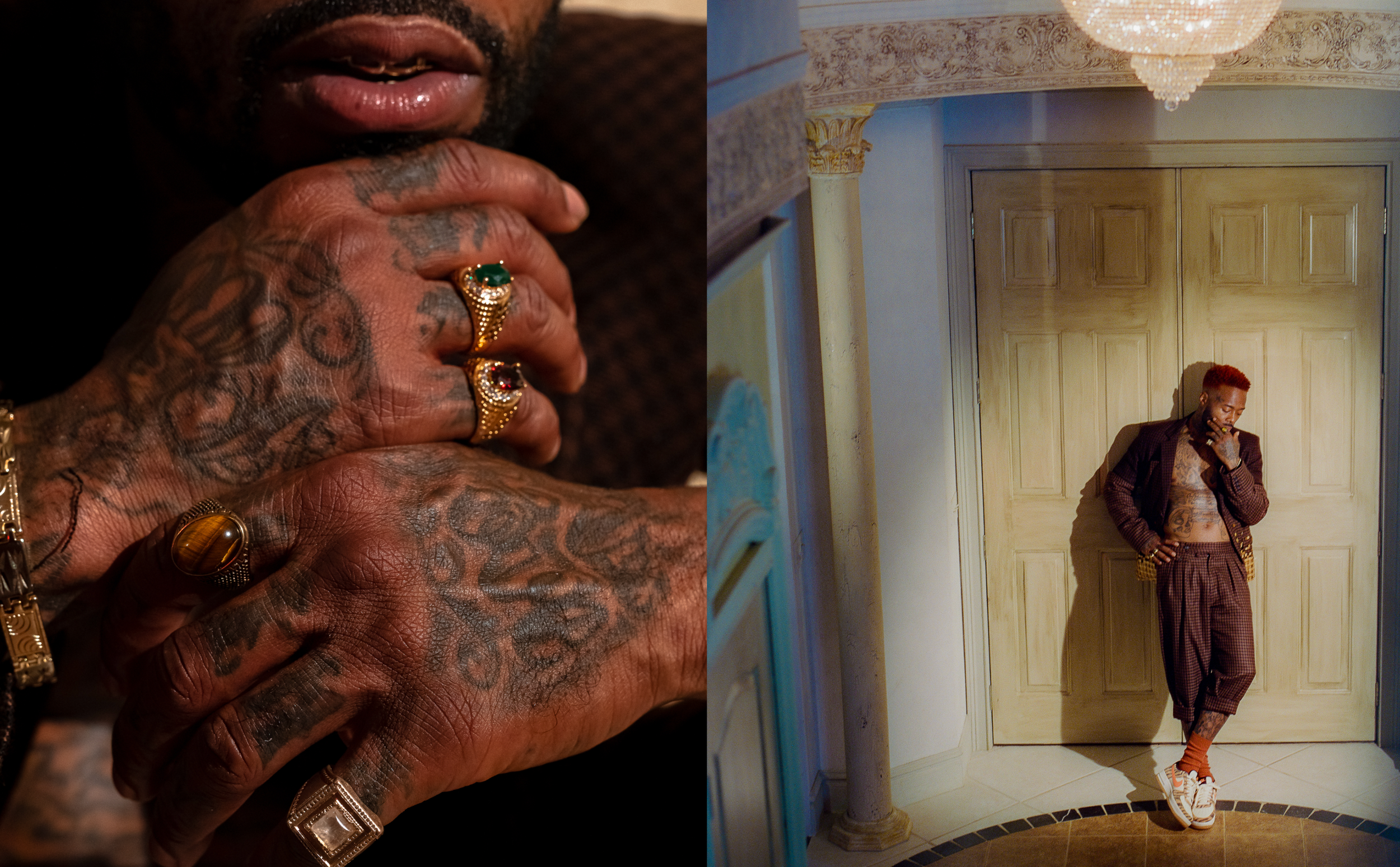
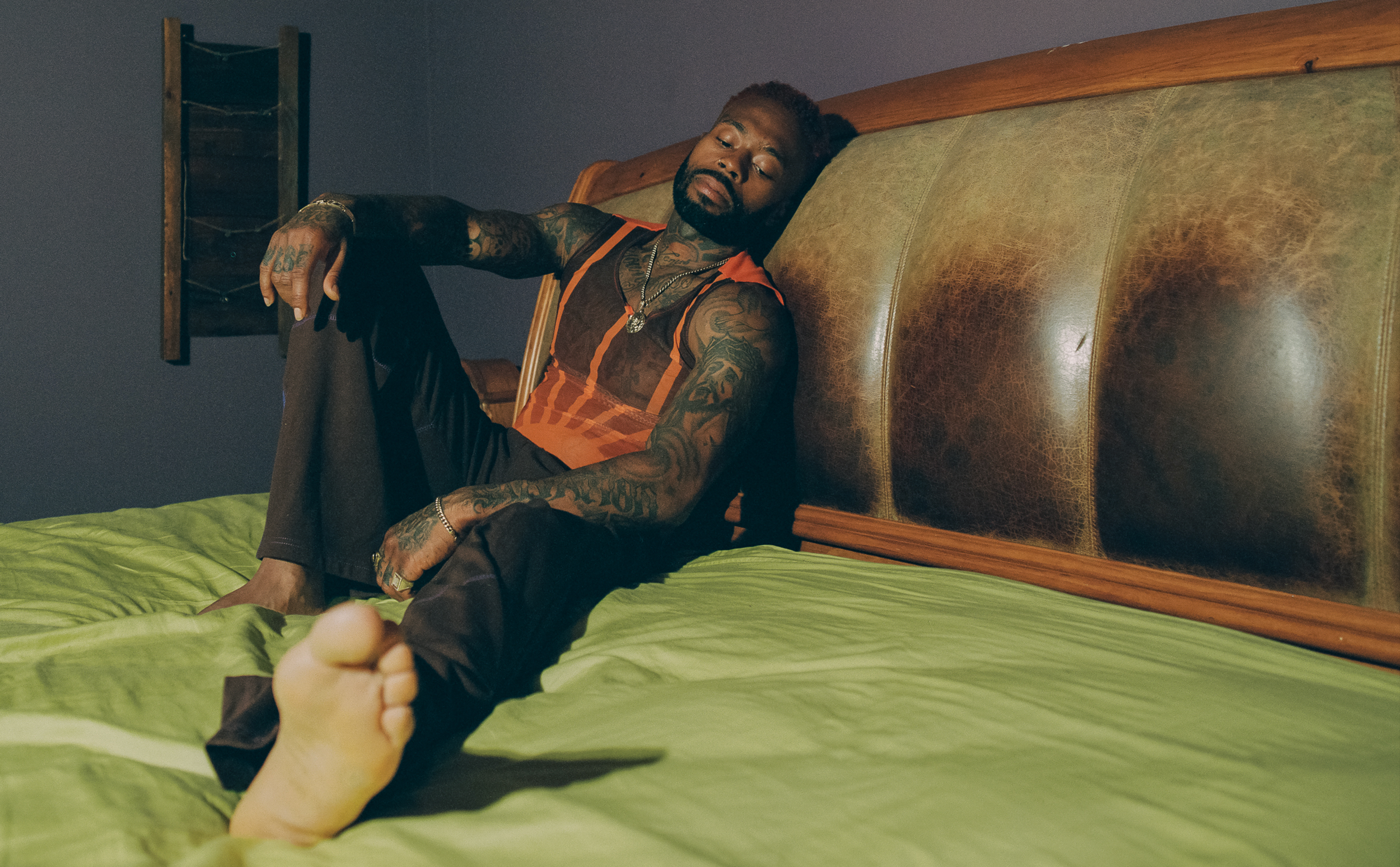
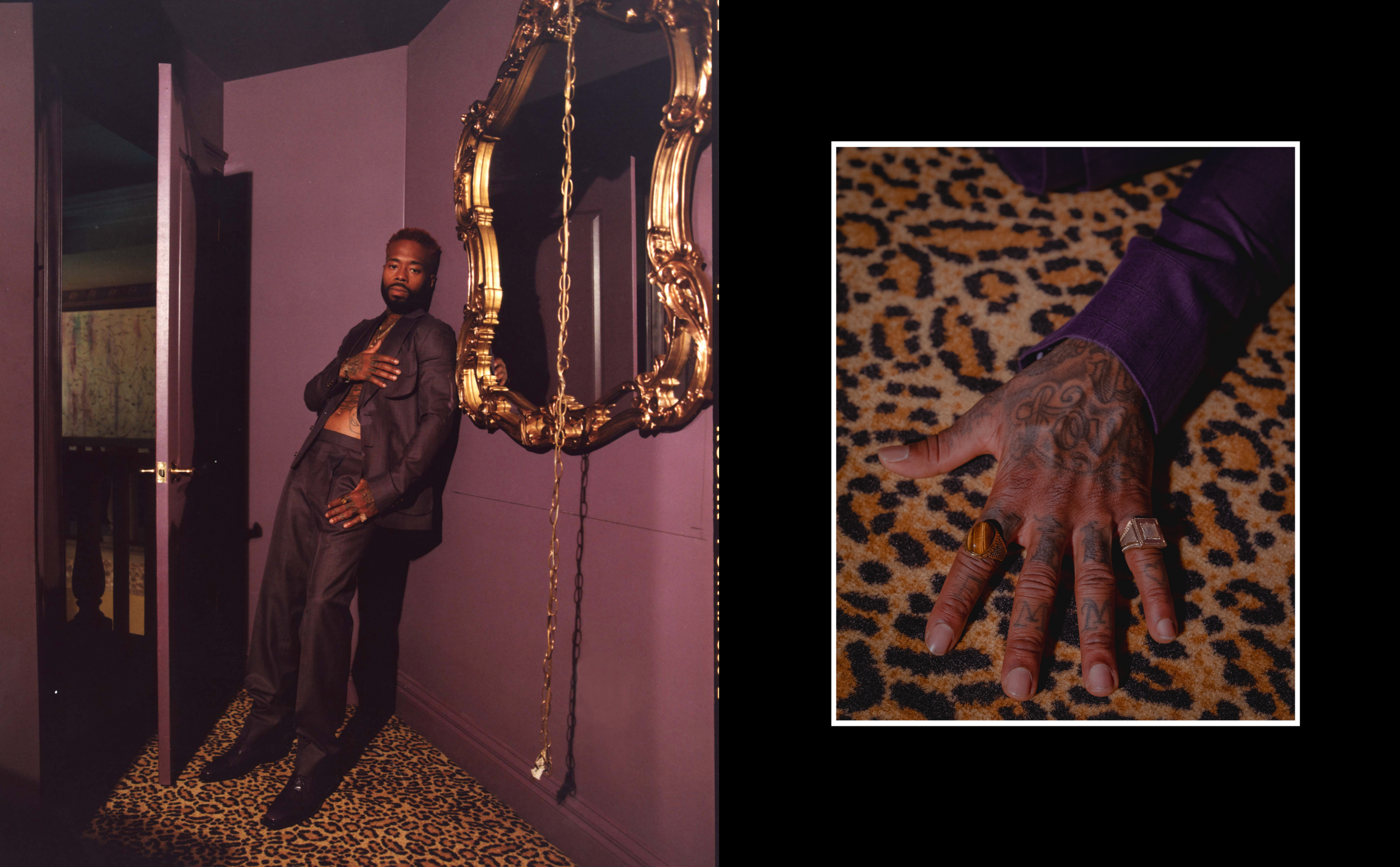
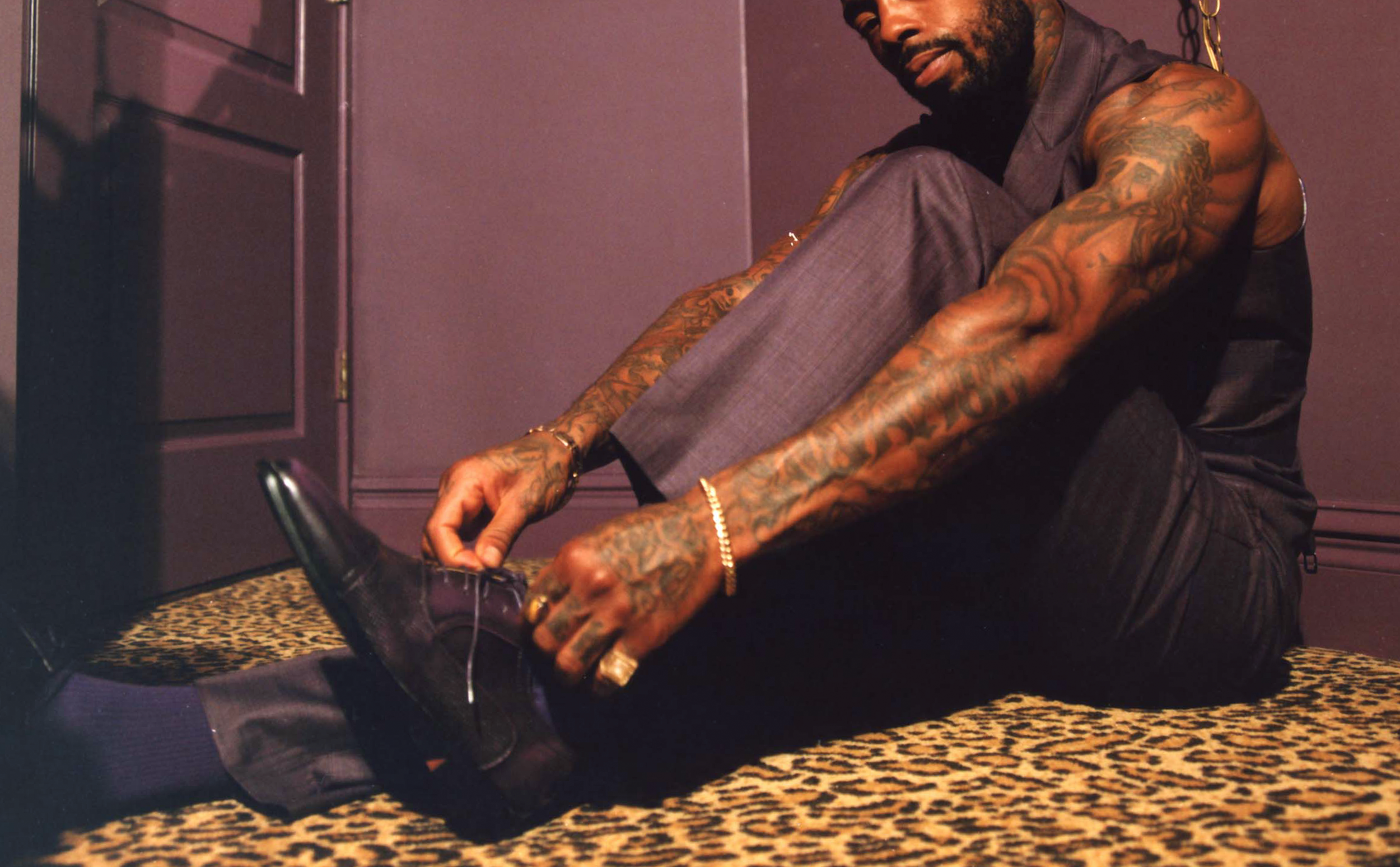
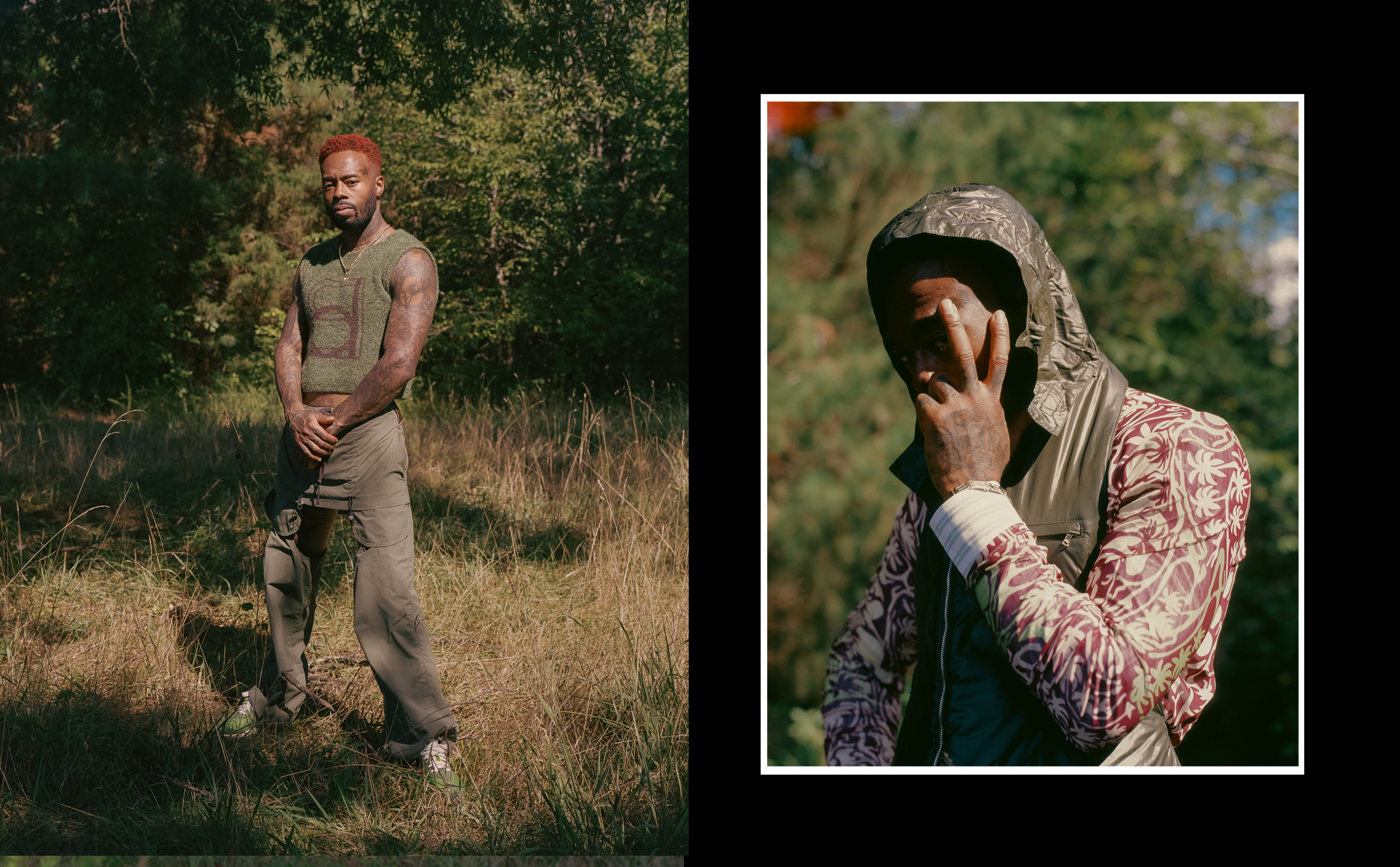
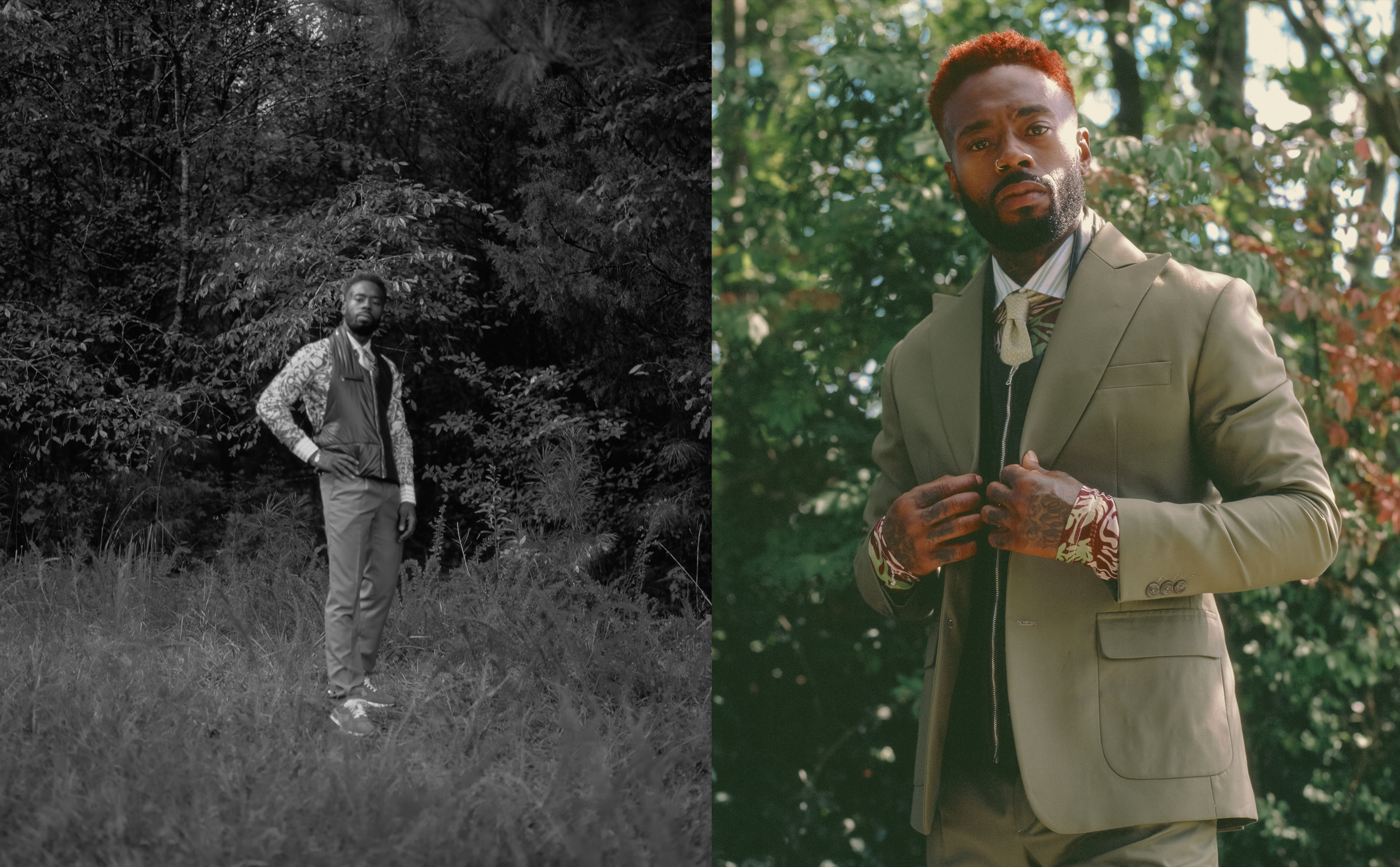
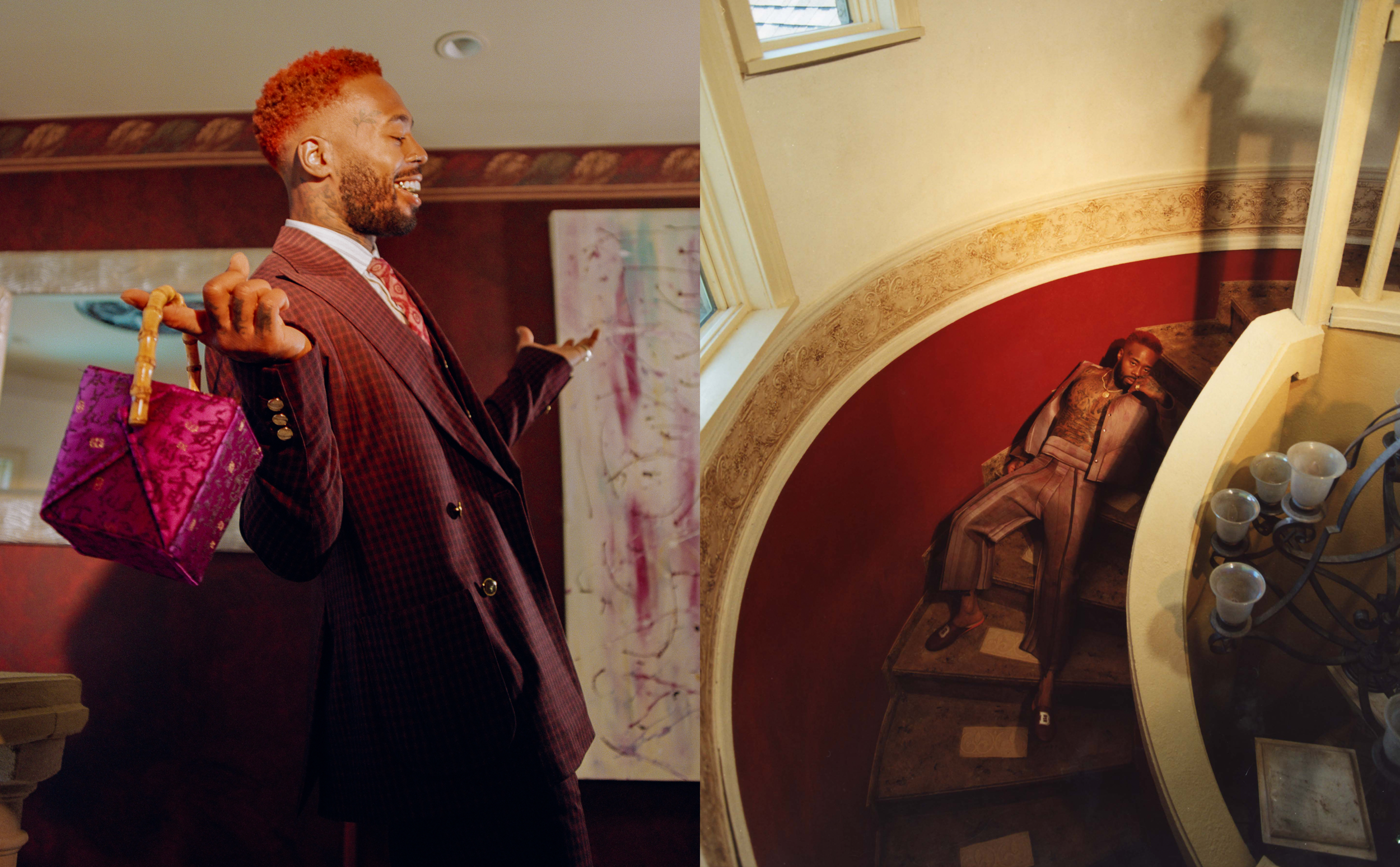
In Black culture, manhood, sports, and rap music are aligned with visual concepts of masculinity. Anything outside of those masculine signifiers such as art, fashion, and dance is rejected because it often requires the mind, body, and spirit to be vulnerable to unlearn consequences of societal constructions.
Through fashioning the body in a white suit and Black suit, Deniro deconstructed layers of societal and traditional perspectives that no longer align with his sense of Blackness and manhood. “Who I am has been here the whole time, ” Deniro Farrar said. He peels back the layers of what he thought made him.
Just like a flourishing laurel flower, Deniro Farrar is forever refining himself. He started, “I became all of who I was going to be in Charlotte.” As he re-envisions himself in his newness, he controls his narrative and unveils identity politics which exemplify agency and vulnerability. The new images of Black masculinity ignite self-awareness while eluding conformity.
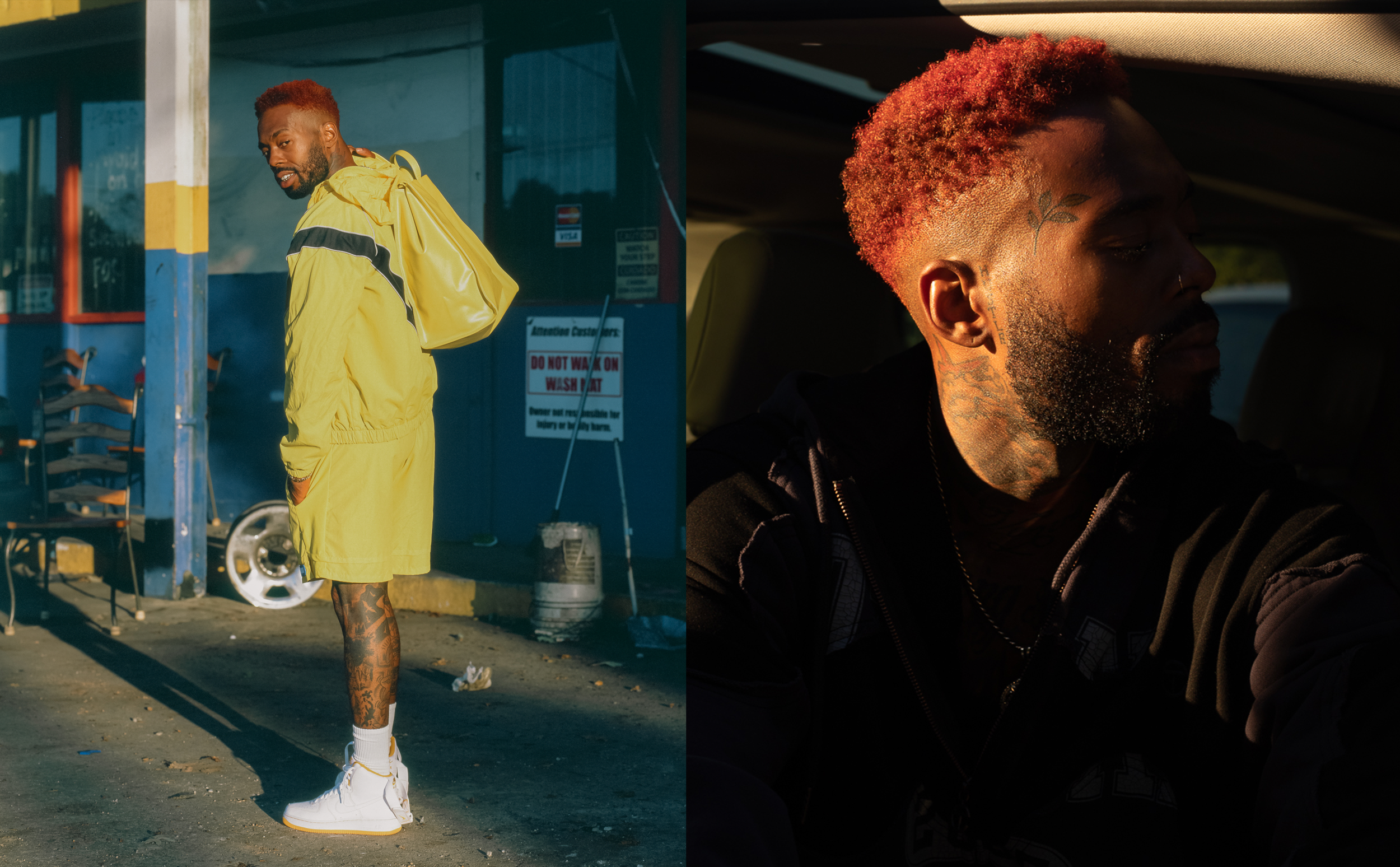
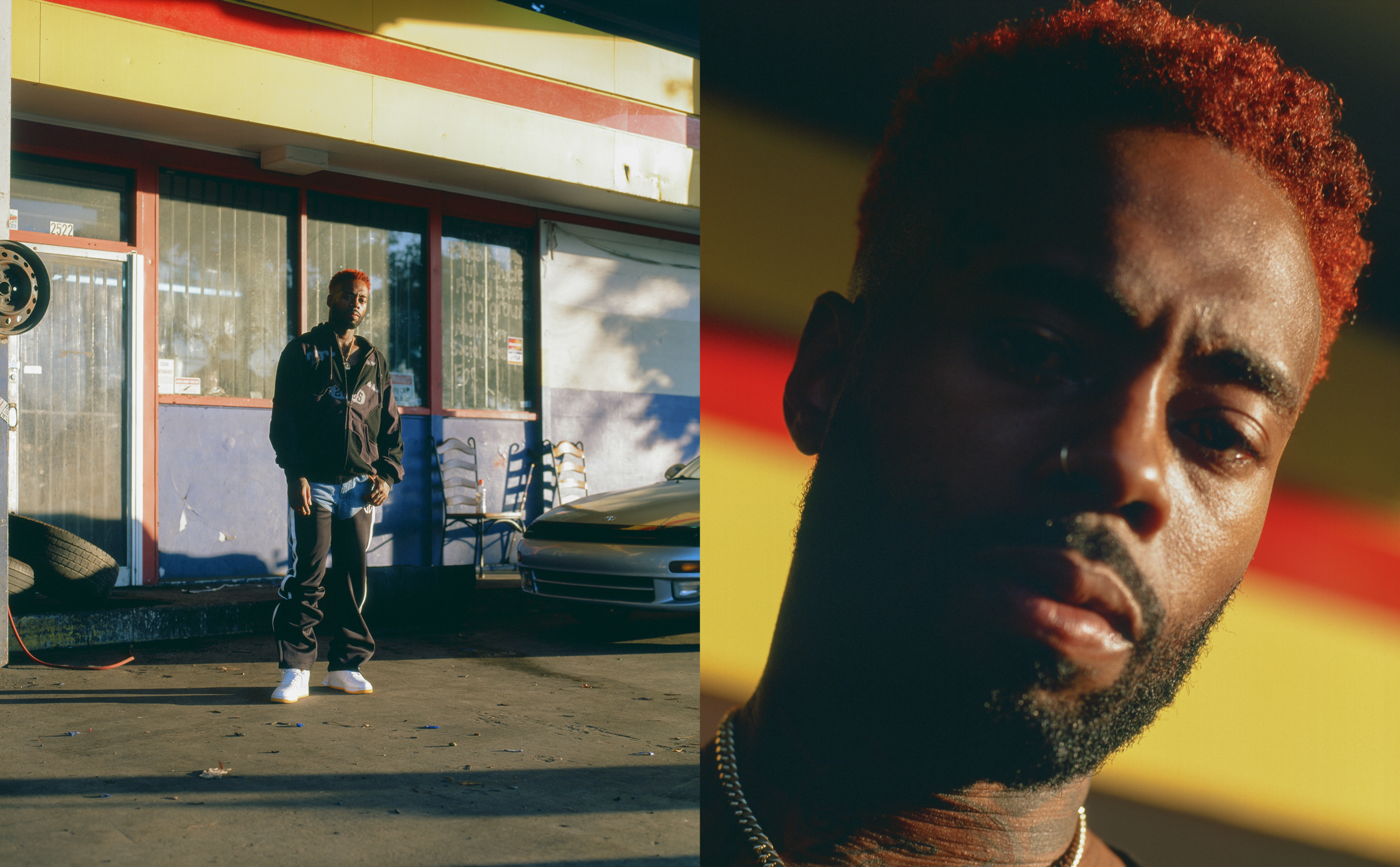
Inspired by the African Diaspora and Black dandyism, Deniro is dressed in fashions such as abstract patterns, animal prints, and colored suits that conceptualize what Black masculinity can look like. ‘Man iN Black’ uproots stereotypes that have overdetermined and masked identities Black men have fashioned for themselves.
The “good news” is that Black men will continue to rebirth self-concepts with agency, ultimately creating pure visibility in Black culture. Black men have failed to realize the unattainable idea of conquering white patriarchy although Black men have evolved into new representations of Blackness and maleness.
PRODUCTION CREDITS
Creative Director/ Producer/Stylist: Melquan Ganzy | @masterganzy
Photographer: Myesha Evon Gardner | @myeshaevongardner
Muse: Deniro Farrar | @denirofarrar
Creative Assistant: Lyric Harris | @lyricjharris
Lighting: Kayla Wilson Bailey | @Kayla.rwb

